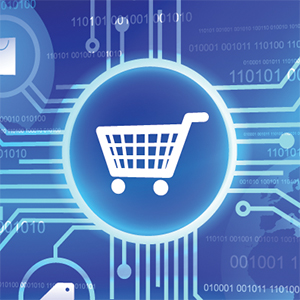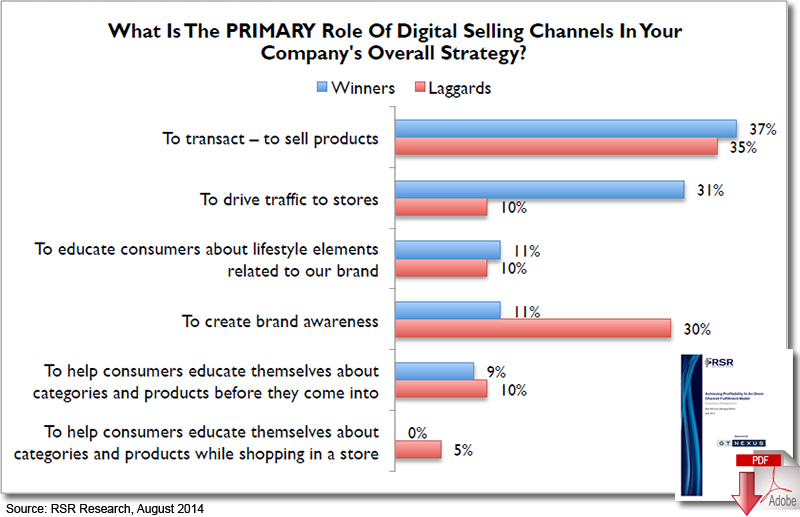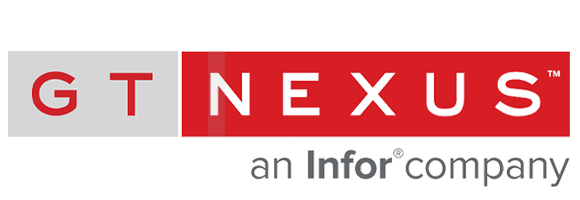How Do Retailers Operate Profitably in an Omnichannel World?

For over a decade, retailers have struggled with getting omnichannel in place...previously, the mere fact that you had a website and a mobile app was enough to be a true omnichannel player.
While retailers have been investing into building the infrastructure to support omnichannel, they have to ask themselves whether they’re achieving the profits needed to merit such investments.
Investments in Seamless Operations
In this omnichannel world where consumers can shop in-store, via tablet, mobile, websites, catalogs, and more likely a combination of these platforms, retailers are making even more financial investments into creating a seamless experience for the customer, a quality that was lacking due to siloed channel operations.
Customers want to be able to place an order online and return in store. For the customer, they are having an exchange with a single entity and that entity has a personality.
How disruptive would it be if you had to deal with two different personalities from the same person? You probably wouldn’t want to be around a confused person like that!
The entire purpose of retail identity is that customers are seeking out a specific experience. Whether it’s ease of shopping, high quality clothing, transparent sourcing, assortment, or any other factor that would cause a consumer to be loyal to a specific retailer. That is the entire point of branding. That’s why consumers will pay a premium to shop at a certain retailer, and hence why retailers are investing even more money. First by creating omnichannel purchasing paths, and second by supporting a seamless experience between channels.
RSR Research group recently authored a report, “Achieving Profitability in an Omnichannel Fulfillment Model.” In this paper, RSR states that retail winners, those retailers that outperform their competition, know that preferred shopping still occurs in-store and investments in digital channels should be created with in-store fulfillment in mind.
Sell – Wherever, Whenever
When it comes to omni-channel fulfillment, the evidence is clear that most retailers are offering some - if not all - of the following options to consumers:
Order online, pickup in a store
Order in-store for direct delivery
Order in Store A to pickup in Store B
Order online for direct delivery
- Return online orders in any store
The question remains, are they performing these functions profitably? The answer: probably not.
A December 2014 RSR benchmark entitled Assortment and Planning: Changing Times, New Opportunities showed that retailers themselves see a fairly significant gap between the importance of each omni-channel fulfillment option, and how well they perform that function.
An example would be the success of click-and-collect options last holiday season experienced by tech-savvy retailer, John Lewis. Though JLab spends a tremendous amount of capital to fortify their omnichannel experience, they operate at high profits by realizing enough increased revenue to counterbalance the investment. They do so by offering options like click-and-collect (in a seamless operation), which bolstered their end-of-year sales last year.
The paper also highlights how critical a consistent brand experience is to generate high revenue dollars. When retailers were surveyed on how important fulfillment was, 67-81% of respondents cited it as very important. However, only 29-51% of respondents said their own capability to fulfill was adequate. This inability to fulfill across multiple platforms illustrates the single largest problem that retailers are faced with, and perhaps the greatest explanation of the gaping chasm between winners and laggards.
Of five variables that identified behaviors across retailers, prioritizing fulfillment had the largest gap, with 80% of winners citing fulfillment as part of their core strategy for better margins, versus only 28% of laggards agreeing that fulfillment should be a primary focus in their retail strategy.
With the growing number of options to purchase or return products, retailers need to understand that to operate profitably, they not only need to have omnichannel in place, but strategically devise a strategy to bolster sales through leveraging these platforms for a unified buying experience. This breeds customer loyalty, which will create incremental and repeat sales for the retailer.
Related: Is Anyone Really Completely Omnichannel Ready?

Article Topics
GT Nexus News & Resources
The Current and Future State of Digital Supply Chain Transformation Infor Coleman AI Platform to ‘Rethink Supply Chain’ and Maximize Human Work Potential End-to-End Visibility: Handling the Demands of Retail Mastering Supply Chain Finance ERP Suppliers’ Changing Role New Logistics TMS Platform Sets Sights on SAP Amazon Selects Infor for Global Logistics Business More GT NexusLatest in Supply Chain
Ask an Expert: How Shippers Can Prep for Hurricane Season Apple Accused of Multiple Human Rights Violations South Korea Finally Overtakes China in Goods Exported to U.S. UPS Struggles in First Quarter With Steep Earnings Decline How Supply Chains Are Solving Severe Workplace Shortages SAP Unveils New AI-Driven Supply Chain Innovations How Much Extra Will Consumers Pay for Sustainable Packaging? More Supply Chain














